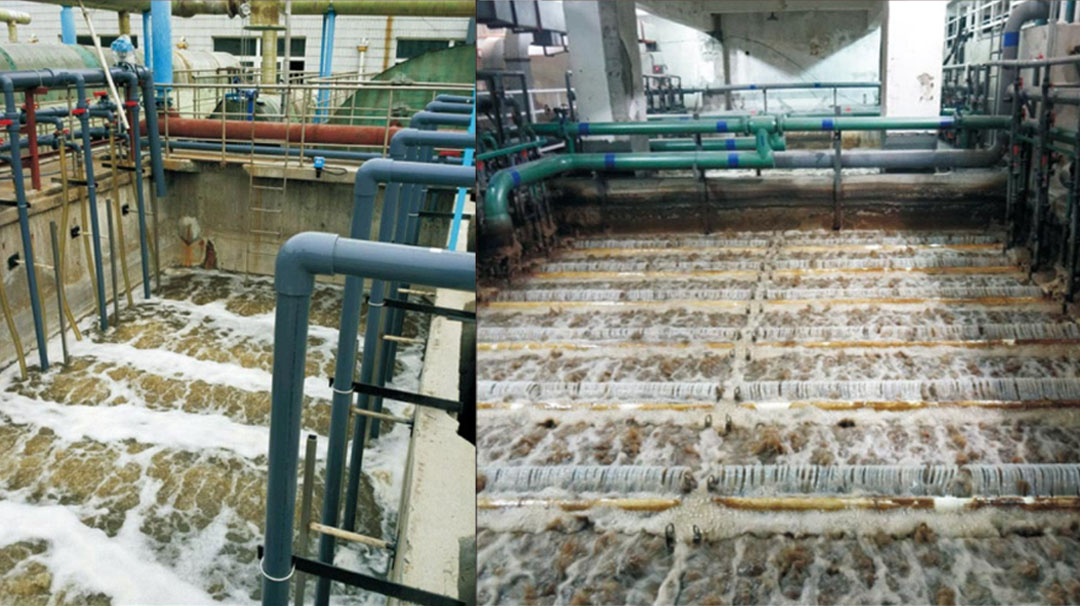
As healthcare facilities provide essential services to the public, they inevitably generate large amounts of waste products, including wastewater. This wastewater is filled with a variety of pathogens, toxins, and chemicals that make it unsuitable for discharge into the environment. Consequently, it is crucial for hospitals to have a reliable and effective wastewater treatment system in place to ensure that their waste does not harm the environment or pose a risk to public health. Today, we will explain how MBR membrane application can help address these concerns and be an efficient solution for wastewater treatment in hospitals.
Hospitals generate a significant amount of wastewater because of their 24/7 operational nature. The wastewater contains both organic and inorganic contaminants, making it harmful to the environment if not treated properly. MBR membrane application is an efficient option for treating the wastewater generated in hospitals, as it can remove pathogens, pollutants, and other contaminants present in the water. Membrane Bioreactor (MBR) is a water treatment method that combines the conventional biological wastewater treatment process with membrane filtration. The MBR membrane is made up of a thin layer of tightly packed sheets, which separate the solid and liquid components of the wastewater.
MBR membrane application is highly effective in removing pathogens such as bacteria, viruses, and protozoa, which can cause serious illnesses in humans. The technology can remove up to 99.9% of pathogens, leaving the wastewater clean and safe for the environment. Moreover, the MBR membrane application process has excellent filtration and disinfection capabilities, which means it can remove a significant amount of pollutants in the wastewater, including heavy metals, pharmaceuticals, and personal care products.
Besides the efficiency it provides in waste treatment, MBR membrane application is also known for its low maintenance requirements, making it cost-effective over time. The technology is self-cleaning, which means it does not require backwashing or other maintenance activities, making it easier to operate and maintain than other wastewater treatment technologies. The MBR system also requires little space and can be easily integrated into existing wastewater treatment plants.
In conclusion, hospitals need a reliable, effective, and sustainable wastewater treatment system in place to ensure the safety of the environment and public health. MBR membrane application is a cutting-edge technology that can efficiently remove contaminants, pollutants, and pathogens from hospital wastewater. Peier Membrane is your most reliable MBR membrane supplier for your hospital wastewater treatment applications. With our expertise in MBR membrane technology and commitment to quality, Peier Membrane can provide you with high-quality solutions that guarantee excellent performance for all your wastewater treatment needs. Contact us today to learn more about MBR membrane application and how it can help you with your hospital wastewater treatment needs.
Abuot Jiangsu Peier membrane
Jiangsu Peier membrane corp.,Ltd(Stock Code: 836744) was established in 2007 with a registered capital of 48 million Yuan, referred to as “Peier membrane industry”.
It is a high-tech enterprise focusing on the R&D, production, manufacturing and service of MBR flat sheet membrane products. Its Peier Product category as below:
- Flat Sheet Membrane Element
- Flat Sheet Membrane Element-Single Nozzle
- Flat Sheet Membrane Element-Double Nozzle
- Flat Sheet Membrane Element-3D Soft Support
- Flat Sheet Membrane Element-Renovated Membrane
- Flat Sheet Membrane Module
- Flat Sheet Membrane Module-Module-Single Nozzle
- Flat Sheet Membrane Module-Module-Double Nozzle
- Flat Sheet Membrane Module-2S(Double Deck)
- Flat Sheet Membrane Module-3S(High Flux)
- Flat Sheet Membrane Module-Mini Module
- MBR System
- MBR System-Laboratory Test Equipment
- MBR System-Pilot Equipment
- MBR System-Package System
Peier membrane always adheres to R&D and cooperation with well-known universities at home and abroad, such as Tsinghua University, Sydney University, Nanjing University of technology, Changzhou University and Jiangnan University.
It is the editor in chief of the national industry standard HY/T252-2018 “submerged flat membrane element for water treatment”.
At present, it has 6 invention patents, 46 new utility patents, 1 appearance patent and 4 software works.